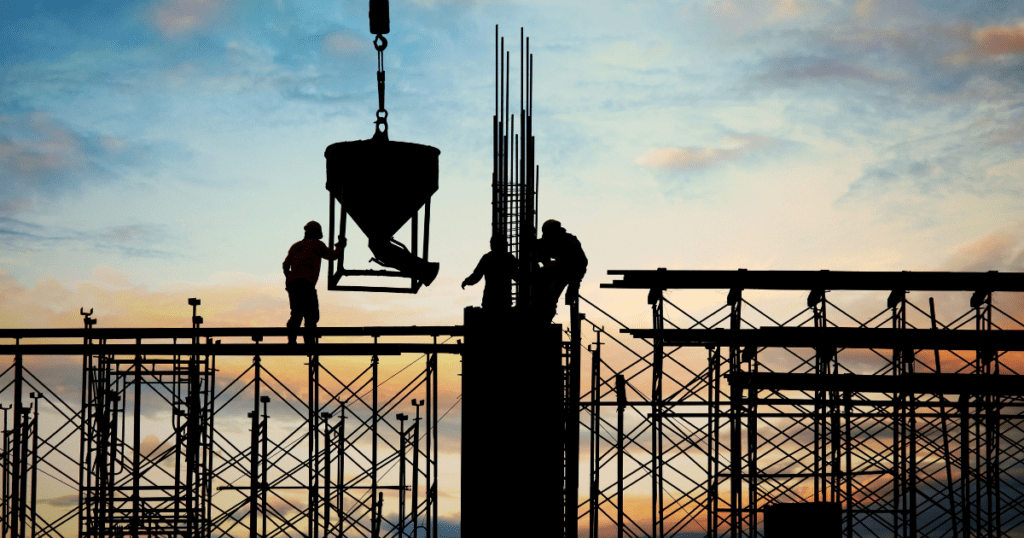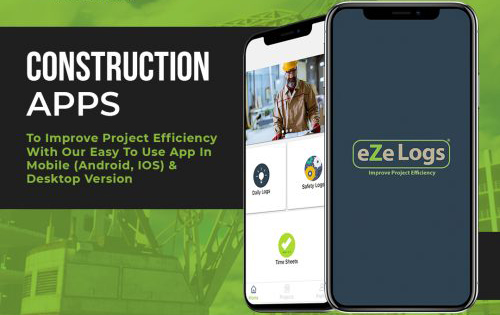In the dynamic realm of construction, where every nail, beam, and blueprint plays a vital role in shaping the built environment, the way payments are managed holds equal significance. Enter “retainage,” a time-honored practice that has long been a cornerstone of construction payment processes. Retainage, essentially a portion of a contractor’s payment temporarily withheld until project completion, has served as a safeguard against potential issues, incentivizing quality workmanship and compliance. However, the construction landscape is never static, and traditional practices often find themselves at a crossroads in the face of evolving needs and advancements.

In this article, we embark on a journey to explore the ever-evolving trends in retainage and the transformative shifts they herald in construction payment practices. We’ll delve into the nuances of this age-old concept, investigating its significance and limitations. With a focus on fostering more transparent, efficient, and collaborative project environments, we’ll uncover emerging paradigms that challenge the status quo.
From the rise of escrow accounts that promise heightened security, to the adoption of performance-based payment models that encourage excellence, and the integration of digital platforms for seamless transactions – each trend bears the promise of reshaping the construction payment landscape.
As the industry looks towards the future, we’ll discuss the potential benefits and impacts of these evolving practices, from improved cash flow to attracting a skilled workforce. However, no transition is without its hurdles. Legal considerations, industry-wide adoption rates, and the necessity for effective communication loom large as we navigate this transformative path.
Join us as we journey through case studies that spotlight the successes of modern retainage approaches, and as we peer into the horizon, speculating on the possible trajectories for construction payment practices. The construction industry, an epitome of adaptability, continues to carve new pathways, ensuring that its financial processes mirror its innovative spirit. As we unravel the tapestry of evolving retainage trends, we invite you to anticipate changes that will shape the very foundation of construction payment practices.
The Traditional Retainage System
In the traditional landscape of construction, the retainage system has stood as a time-honored practice aimed at mitigating risk and ensuring project quality. Under this system, a percentage of the contractor’s payment is held back by the project owner until the work is completed to satisfaction. While intended to provide a safety net, this practice often leads to cash flow challenges for contractors and subcontractors, impacting their ability to cover immediate expenses and invest in ongoing projects.
Moreover, the withholding of funds can strain relationships among project stakeholders and potentially delay project timelines. As the construction industry evolves, these shortcomings have prompted a reevaluation of the traditional retainage approach, giving rise to a search for more equitable and efficient alternatives that balance risk and collaboration.
Shifting Paradigms: Emerging Trends in Retainage
In response to the limitations of the traditional retainage system, the construction industry is undergoing a paradigm shift, embracing innovative trends that promise to redefine payment practices. Escrow accounts have gained prominence, offering a secure repository for funds while enhancing transparency. Reduced retainage percentages are fostering a collaborative atmosphere, enabling contractors to access a larger portion of their earnings during project phases.
Performance-based payment models are incentivizing contractors to deliver superior workmanship, benefitting both parties. The digital revolution has introduced streamlined payment platforms, revolutionizing financial transactions and record-keeping. As these emerging trends gain traction, construction payment practices are poised to become more efficient, equitable, and aligned with the demands of modern projects.
Benefits and Impacts of Evolving Retainage Practices
The evolution of retainage practices carries a host of benefits and impactful changes for the construction industry. By reducing the percentage of retained funds, contractors experience improved cash flow, enabling them to manage expenses and invest in project growth. Collaboration among stakeholders is enhanced as reduced retainage fosters trust and cooperation. Project efficiency is bolstered by aligning payments with project milestones, reducing disputes, and encouraging timely completion. The introduction of performance-based payment incentivizes higher-quality work, raising the industry standard. These shifts attract skilled labor, as fairer payment practices contribute to a more appealing work environment. Ultimately, the evolving retainage landscape promotes financial stability, stronger partnerships, and greater efficiency across construction projects.
Navigating the Transition: Challenges and Considerations
While the shift towards evolving retainage practices holds promise, navigating this transition is not without challenges and critical considerations. Adapting to new legal and regulatory frameworks is paramount to ensure compliance and minimize potential risks. Encouraging industry-wide adoption requires effective communication and education, as stakeholders must understand and embrace the benefits of these changes. Balancing the needs of contractors, subcontractors, and project owners is crucial to maintain equitable relationships. Additionally, integrating technological solutions demands careful planning to ensure seamless implementation and data security. As the construction landscape transforms, addressing these challenges and considerations will be pivotal in realizing the full potential of modernized retainage practices and establishing a sustainable and efficient payment ecosystem.

Looking Ahead: The Future of Construction Payment Practices
The future of construction payment practices holds exciting possibilities as innovation continues to reshape the industry. Technology will play a pivotal role, with blockchain and smart contracts offering unprecedented transparency and automation. Data analytics will provide valuable insights for risk assessment and informed decision-making. Payment methods may shift towards real-time processing, enabling instant transactions and reducing administrative burdens. Collaborative platforms will facilitate seamless communication among stakeholders. Moreover, sustainable and socially responsible payment practices could emerge, prioritizing fair wages and ethical financial interactions. As the construction sector embraces these advancements, payment practices will evolve into a harmonized, efficient, and digitally-driven landscape that fosters trust, collaboration, and sustainable growth.
Final Thoughts
In the ever-changing world of construction, the evolution of retainage practices marks a significant milestone towards a more equitable, efficient, and collaborative payment ecosystem. The journey through traditional retainage systems and the exploration of emerging trends reveal a clear path forward – one that promises to redefine the way projects are financed and completed.
As we reflect on the challenges and opportunities presented by these shifts, it becomes evident that the construction industry is on the cusp of a transformative era. The benefits of reduced retainage, performance-based incentives, and digital platforms are not mere theoretical concepts; they are tangible solutions to age-old problems. Contractors can experience improved cash flow, project timelines can be streamlined, and relationships among stakeholders can be strengthened through enhanced collaboration.
However, no transition is without its complexities. Adapting to new legal landscapes, fostering industry-wide acceptance, and ensuring effective communication are all integral components of this change. It requires a collective commitment to learning, adapting, and embracing innovation.
As we peer into the future, the construction payment practices of tomorrow hold immense promise. Technological advancements will continue to reshape the landscape, driving greater efficiency and transparency. Industry leaders and stakeholders must come together to seize these opportunities and champion a payment framework that not only supports financial growth but also nourishes the spirit of collaboration and quality that defines the construction industry.
In the end, the evolving trends in retainage exemplify the industry’s ability to transform and adapt, ensuring that construction remains a beacon of progress, innovation, and excellence. As we embark on this journey of change, let us stand united in shaping a future where construction payment practices mirror the industry’s dynamic spirit and drive towards a better tomorrow.


